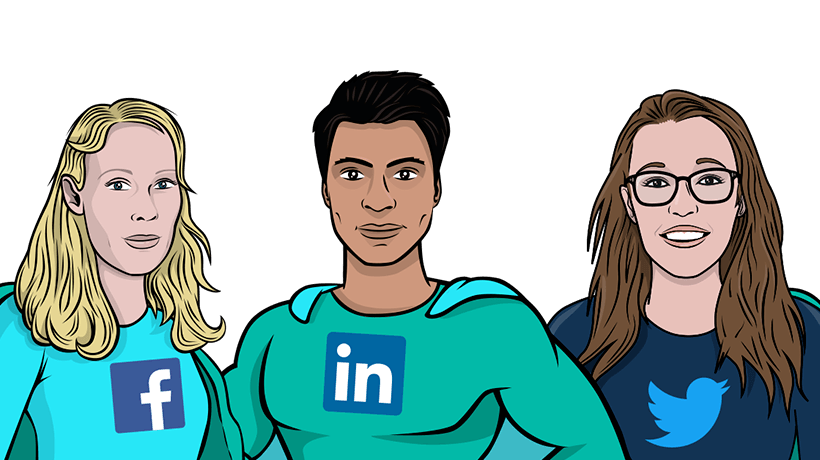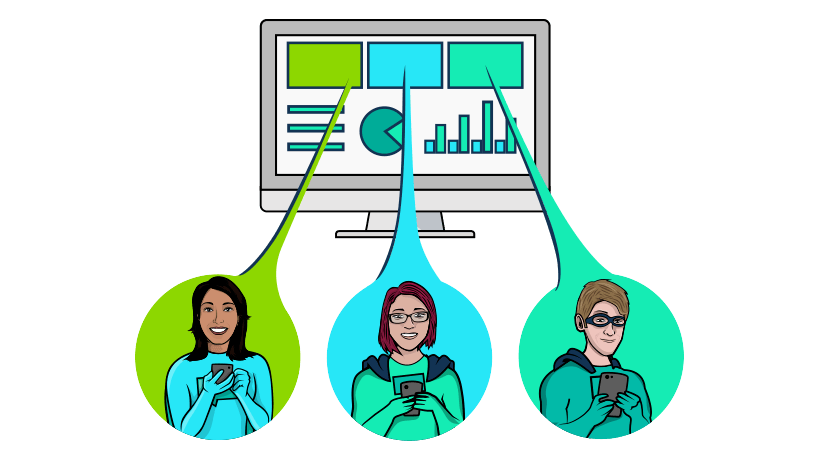February 6, 2018
eBook Release: 6 Examples On How You Can Promote Informal Learning In The Workplace
6 Examples of How You Can Promote Informal Learning In The Workplace is an eBook designed to provide practical insights on how can you promote informal learning in your organization.
by Asha Pandey











